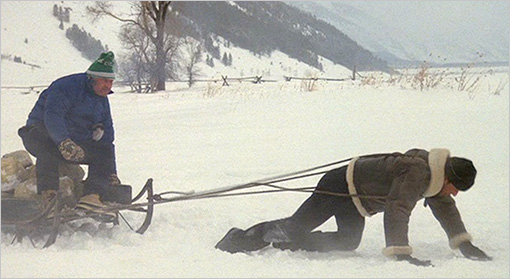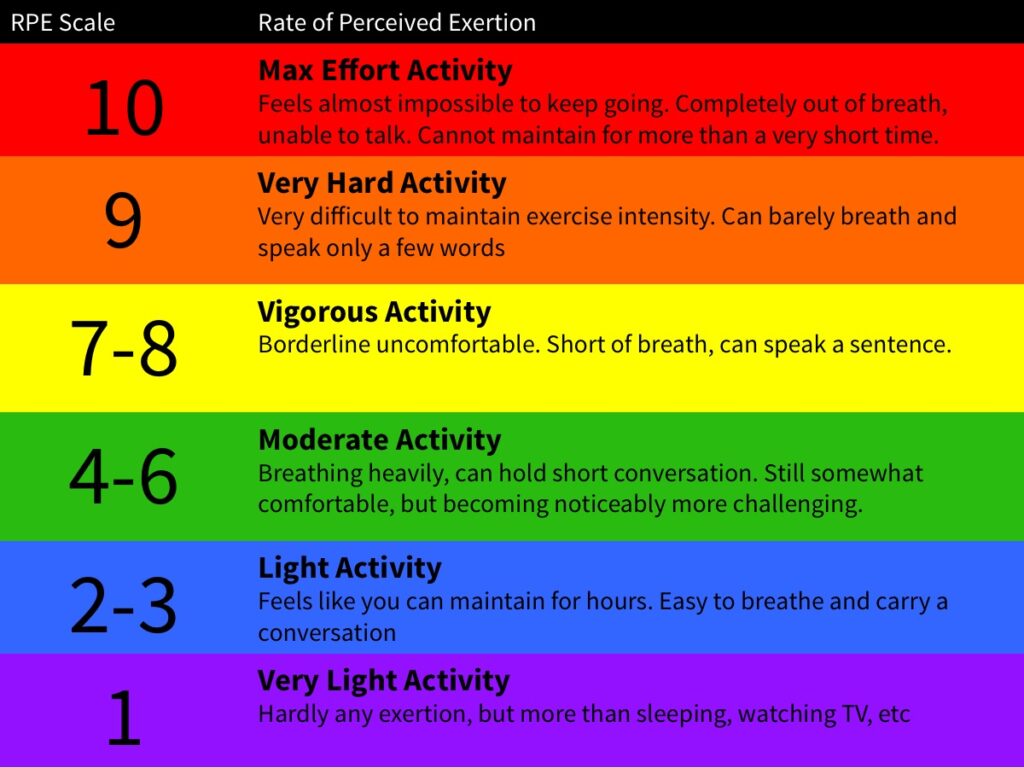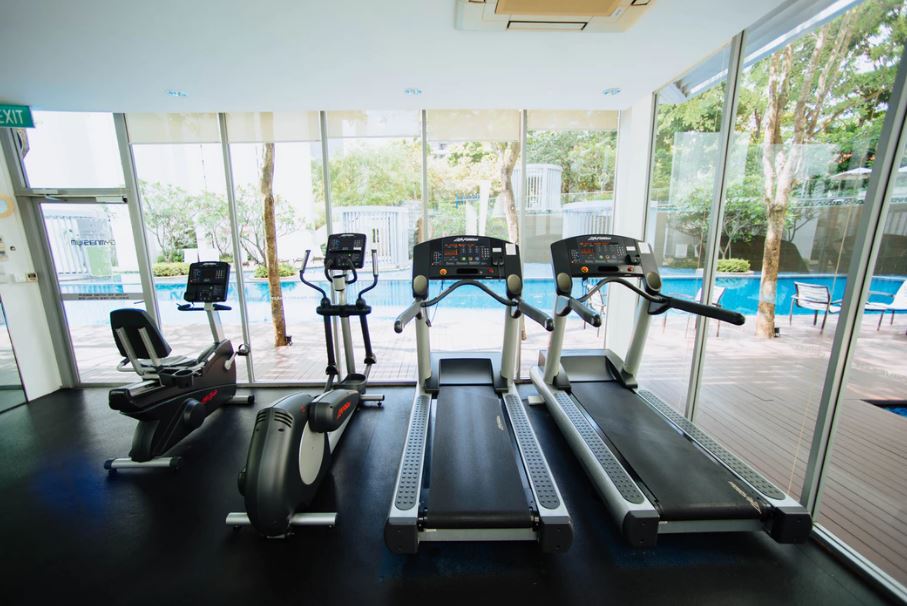I used to read fitness magazines all the time in my twenties and thirties. I was convinced they held all of life’s secrets for getting fit, getting thin, and feeling good about myself, once and for all. I especially loved the “Before & After” stories. They would generally show two photos of a reader, one before massive weight loss and another afterwards. More often than not, the “before” picture showed someone looking frumpy and unhappy in ill-fitting clothing. The “after” shot showed them smiling, all done up, in the world’s tightest outfits. This photographic evidence was meant (I hope) to encourage readers to believe that no matter where they were starting, they could get where they wanted to go, and the companion one-page story explained how the person did it (so much lean protein, so much working out, so very little pasta, bread, and dessert).
I don’t diminish the successes of these women, and I hope they still feel strong and powerful all these years later, regardless of what their bodies look like now. I learned a thing or two from those stories, and I did come to believe that you can start from anywhere, although my own journey has proved that more than any magazine article could.
My concern, and it took me years of reading those magazines and stories to realize it, is that every before is also an after. And, of course, every after is also a before. No one just ended up at the Before part with no context, and no one had an amazing After, and that was the end of the story, goodnight and goodbye.
There’s more to every picture than what you see (remember this always when looking at social media), and there is more than one way to think about a photo, even when you know the whole story. Look at any picture of yourself from any moment in time: there was joy and pain in there somewhere, and you can choose which one stands out to you.
I don’t know if those magazines still do Before & After pieces as I don’t pick them up anymore, but I do see a lot of stuff on social media showing people before and after they did whatever plan, program, or 6 easy steps the original poster is promoting. Just like their analog predecessors, these photos show a moment in time. But that Before photo is an After photo of whatever got that person there. And that After moment, whether the person is aware of it or not, is Before something else. Before a job change, before a family transformation, before a financial shift, before a move, before a new season of life, before an injury or illness, before a disruption of some sort. Will the thing the OP is pushing get them through that shake up? I hope so, but experience tells me that it won’t.
Learning to trust yourself and your body to guide you through disruptions is tough. It means letting go of all those voices in your head that are telling you what you “should” be doing to get to and maintain the body that can do all the things you need and want it to. It’s easy enough to follow someone else’s plan, but can you make your own and adapt it no matter what comes down the pike? If the answer is anything other than, “Hell, yes!” let’s talk.












